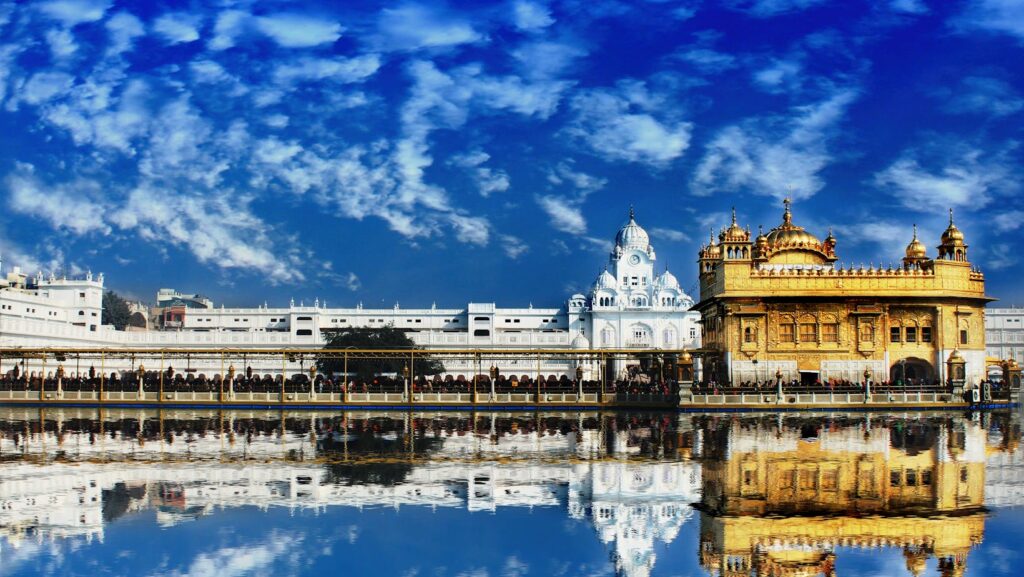Nestled in the heart of Chicago’s vibrant Humboldt Park, the national museum of puerto rican arts and culture (NMPRAC) stands as a beacon of rich heritage and cultural preservation. It’s not just a museum; it’s a vibrant testament to the history, art, and culture of Puerto Rico, offering a unique exploration of the Puerto Rican diaspora’s artistic journey.
National Museum Of Puerto Rican Arts And Culture

Fostering a deeper understanding of Puerto Rican cultural heritage, the national museum of puerto rican arts and culture (NMPRAC) traces its roots back to the 20th century. It started as The Institute of Puerto Rican Arts and Culture back in 2000, dedicating itself to the promotion and integration of Puerto Rican art and culture within the broader American narrative.
Since its inception, it’s pursued an unwavering mission: to uphold, present, and enhance Puerto Rican arts and culture. It achieves this by informing the public about the vibrant and diverse art forms that trace back to Puerto Rican roots. By doing so, the museum strives not only to cultivate a rich cultural understanding but also to feed the inherent curiosity and intellectual growth of its visitors.
Permanent Exhibitions at the Museum
Celebrating Puerto Rican Artists
NMPRAC honors talented Puerto Rican artists, giving them a platform to showcase their work to a broader audience. Many of these artists have gained recognition across Puerto Rico and beyond, making a significant impact on the global art scene. Artists such as Oscar Luis Martinez, Antonio Martorell, and Bibiana Suarez have seen their work featured in the museum. Viewers can expect to see a range of art forms, from vibrant paintings, intricate sculptures, to innovative multimedia installations.
Themes and Narratives

The focus on themes and narratives in the museum’s exhibitions enables an in-depth exploration into varying aspects of Puerto Rican culture. Historical narratives play an important part, giving depth and context to the art pieces by highlighting the rich history of Puerto Rico. Topics like colonization, migration, and cultural identity are frequently touched upon, providing insights into the complexities that have shaped Puerto Rican society.
Moreover, contemporary themes are given equal importance, illustrating modern-day Puerto Rican life and its interactions with broader socio-political circumstances. This equips visitors with a better understanding of the evolution and resilience of Puerto Rican culture, serving the museum’s goal of preserving and promoting Puerto Rican art and heritage.
Visiting the Museum
Location and Hours
Nestled in Chicago’s vibrant Humboldt Park, the National Museum of Puerto Rican Arts and Culture graces the historic Humboldt Park Stables and Receptory’s unique Queen Anne architecture. It’s found at 3015 West Division Street, a locus for capturing the essence of Puerto Rican culture.
As for operating hours, the museum opens its doors from Tuesday to Friday, from 10 AM to 4 PM. On Saturdays, they extend their hours, welcoming visitors from 10 AM to 1 PM.
Tips for Planning Your Visit

Preparing for a visit to this cultural centerpiece requires a few considerations for the best experience. Start by checking the museum’s website for any tour restrictions, weather changes, or exhibit updates. This ensures awareness of the current scenarios, permitting a visit free of unexpected interruptions.
When in the museum, respect the art and artifacts on display. This means no touching or leaning on exhibits; such actions can cause damage, reducing the longevity of these priceless pieces of Puerto Rican heritage.
Lastly, remember that photography is often permitted, but flash photography isn’t. Cameras may seize the scenery, but flashes risk disturbing other visitors and damaging delicate exhibits.
A Beacon of Heritage
The national museum of puerto rican arts and culture stands as a beacon of cultural identity, preserving and promoting Puerto Rican heritage through its rich collection of art and historical artifacts. It’s not just a museum; it’s a vibrant platform where the narratives of Puerto Rican life, history, and culture are woven into the broader American tapestry.



